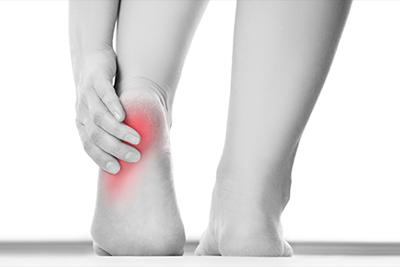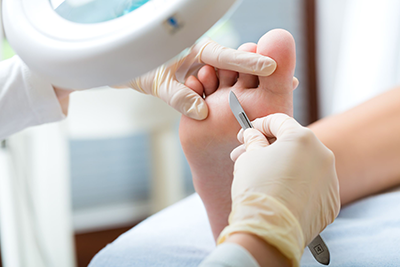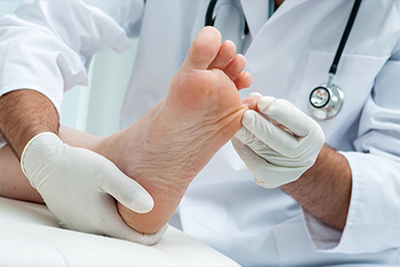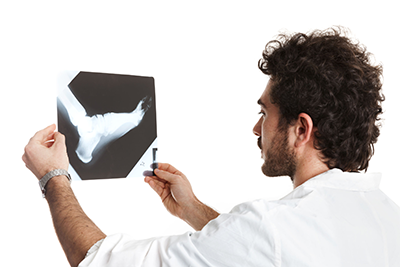Fungal Nail InfectionsA fungal nail infection occurs from the overgrowth of fungi in, under, or on the nail. Fungi thrive in warm, moist environments, so this type of environment can cause them to naturally overpopulate. The same fungi that cause jock itch, athlete’s foot, and ringworm can cause nail infections.
Fungi that are already present in or on your body can cause nail infections. If you have come in contact with someone else who has a fungal infection, it may have spread to you. Fungal infections affect toenails more commonly than fingernails because your toes are usually confined to your shoes, where they’re in a warm, moist environment. If you get a manicure or pedicure at a nail salon, be sure to ask how the staff disinfects their tools and how often they do it. Tools, such as emery boards and nail clippers, can spread fungal infections from person-to-person if they’re not sanitized. Visible Signs
Visible signs of a fungal nail infection include:
Common Signs Common signs of a fungal nail infection include:
Prevention
Corns and calluses are easier to prevent than to treat. When it is usually not desirable to form a callus, minimizing rubbing and pressure will prevent callus formation. Footwear should be properly fitted, gloves may be worn, and protective pads, rings or skin dressings may be used. People with poor circulation or sensation should check their skin often for signs of rubbing and irritation so they can minimize any damage. Treatment
Over-the-counter products aren’t usually recommended to treat nail infections because they don’t provide reliable results. Instead, your doctor may prescribe an oral antifungal medication, such as:
Treatment isn’t guaranteed to rid your body of the fungal infection completely. In almost half of all cases, the fungal nail infection will return. Complications from fungal infection are also possible. |
Additional Services |
Additional Conditions and Treatments
Book Your Appointment Today |









